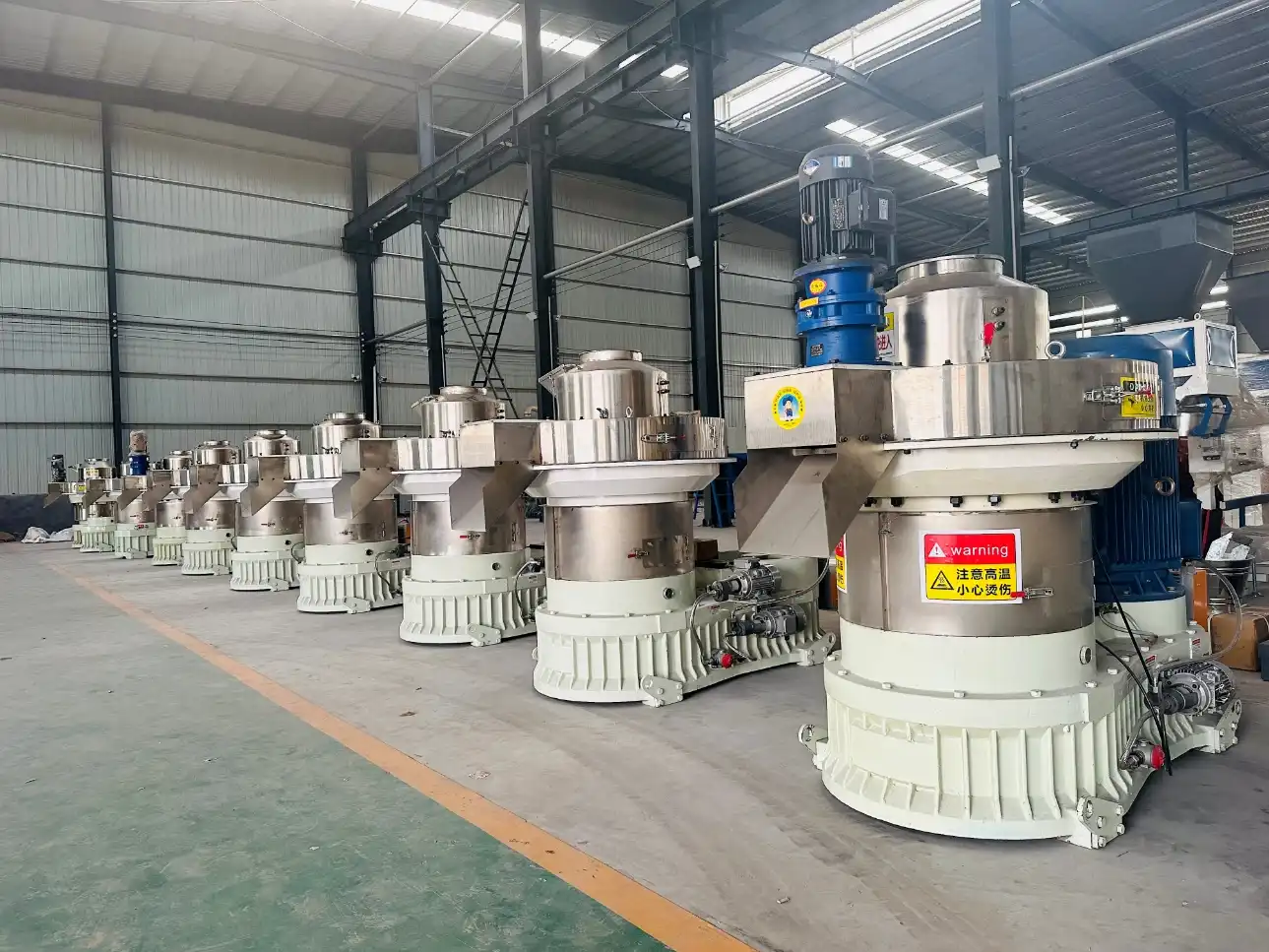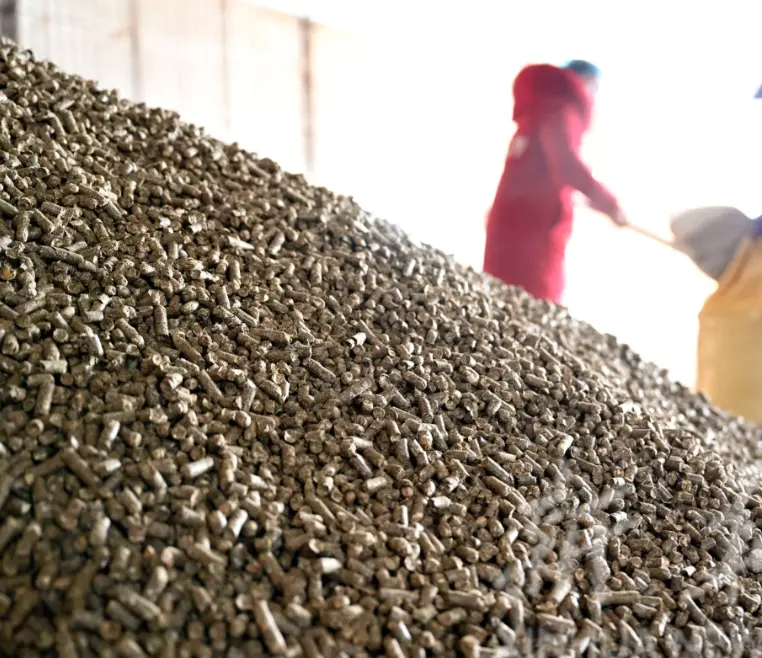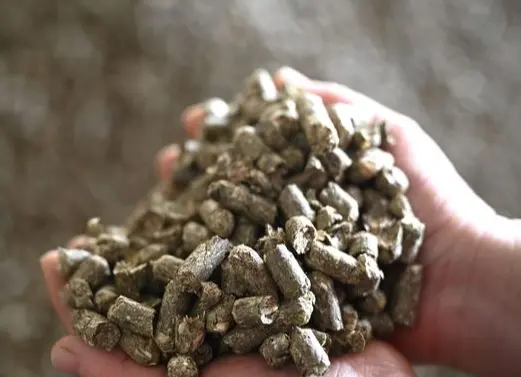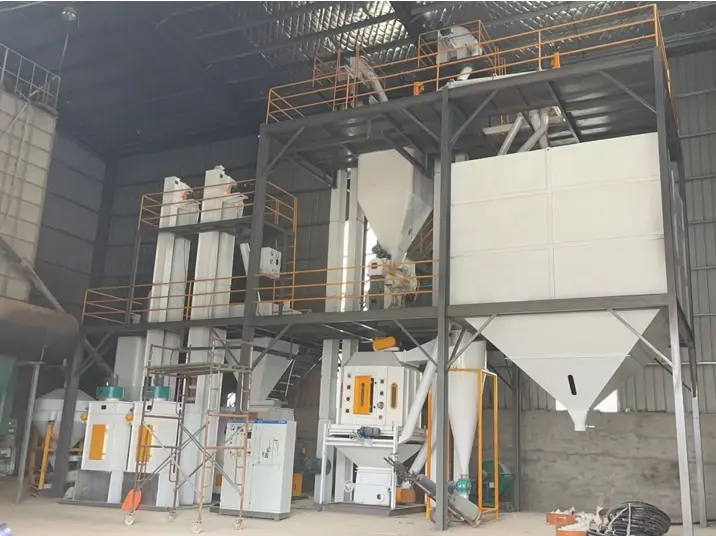
Sawdust, a by-product from various wood industries, often poses disposal challenges globally, leading to landfills or burning. However, with the innovation of sawdust pellet machines, this troublesome waste becomes a valuable energy resource. Converting sawdust into stove pellets not only addresses disposal issues but also slashes fuel costs significantly.
The primary equipment needed is a single set of electric or diesel sawdust pellet machines, such as the XUEZAO MACHINERY’s models: XZLM360 (electric) and XZ-360D (diesel). These machines are efficient, providing capacities between 300 to 380 kg/h, catering to diverse needs.


|
Model
|
Power
|
Engine
|
Capacity(kg/h)
|
Dimension(mm)
|
|
XZLM360
|
22kw
|
Electric motor
|
300-380
|
1340*580*1060
|
|
XZ-360D
|
55HP
|
Diesel engine
|
2270*620*1260
|
Sawdust proves ideal for pellet production due to several factors. Its high calorific value, ranging from 19-22 MJ/kg for softwood and 19-21 MJ/kg for hardwood, makes it an excellent raw material. For optimal pellet production, blending hardwood and softwood sawdust is recommended, leveraging the higher calorific value of softwood.

Additionally, the typical size of sawdust, between 0.3-2mm, is perfect for direct pelletizing, streamlining the manufacturing process. Although the moisture content varies based on its source, sawdust with 12%-15% moisture content suits the pelletizing process. Drying methods like sun-drying or specialized sawdust drying machines ensure the moisture content meets the ideal range.
The resulting sawdust pellets boast impressive specifications: moisture content below 12%, ash content under 0.5%, and a diameter between 6-10mm, with variations suiting diverse applications. Pellets with a 6mm diameter cater well to home usage, including heating and cooking, while 8mm or 10mm diameters are preferable for industrial purposes.
Specifications of sawdust pellets
|
Moisture
|
< 12%
|
|
Ash content
|
< 0.5%
|
|
Diameter
|
6-10mm
|
|
Length
|
≦ 5*diameter
|
|
Volatile material
|
68%
|
|
Sulphur
|
< 0.05%
|
|
Nitrogen
|
≦ 0.3%
|
|
Chlorine
|
≦ 0.03%
|
|
Net calorific value
|
19MJ/kg
|
|
Bulk density
|
650 kg/m3
|
Sawdust pellets offer numerous advantages. With low moisture content, they enhance heating efficiency, while their high density minimizes storage space and optimizes transportation. These pellets are easy to handle, control, and possess broad applicability, suitable for various boiler grating systems.

As a solid biofuel, sawdust pellets find versatile applications in power plants, biomass boilers, centralized steam boilers, household BBQ racks, and home heating and cooking. Their adaptability across multiple sectors underscores their value as a sustainable energy solution.
In conclusion, the utilization of sawdust pellet machines not only mitigates sawdust disposal challenges but also transforms this waste into a valuable and eco-friendly energy resource. With their diverse applications and efficiency, sawdust pellets represent a sustainable solution for both domestic and industrial energy needs.”





